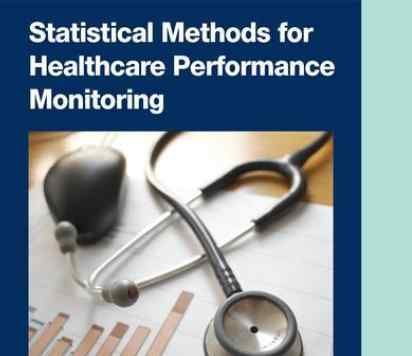BibTex format
@article{Mamidanna:2016:10.1097/SLA.0000000000001490,
author = {Mamidanna, R and Ni, Z and Anderson, O and Spiegelhalter, D and Bottle, A and Aylin, P and Faiz, O and Hanna, GB},
doi = {10.1097/SLA.0000000000001490},
journal = {Annals of Surgery},
pages = {727--732},
title = {Surgeon Volume and Cancer Esophagectomy, Gastrectomy, and Pancreatectomy: A Population-based Study in England},
url = {http://dx.doi.org/10.1097/SLA.0000000000001490},
volume = {263},
year = {2016}
}
RIS format (EndNote, RefMan)
TY - JOUR
AB - Objective: The aim of the study was to assess whether there is a proficiency curve-like relationship between surgeon volume and operative mortality and determine the minimum surgeon volume for optimum operative mortality.Background: The inverse relationship between hospital volume and operative mortality is well-established for esophageal, gastric, and pancreatic cancer. The recommended minimum surgeon volumes are however uncertain.Methods: We retrieved data on esophagectomies, gastrectomies, and pancreatectomies for cancer from the NHS Hospital Episodes Statistics database from April 2000 to March 2010. We defined mortality as in-hospital death within 30 days of surgery. We determined whether there was a proficiency curve relationship by inspecting surgeon volume-mortality graphs after adjusting for patient age, sex, socioeconomic, and comorbidity indices. We then statistically determined the minimum surgeon volume that produced a mortality rate insignificantly different from the optimum of the curve.Results: Sixteen thousand five hundred seventy-two esophagectomies, 12,622 gastrectomies, and 9116 pancreatectomies were examined. Surgeon volume ranged from 2 to 29 esophagectomies, from 1 to 14 gastrectomies, and from 2 to 31 pancreatectomies per surgeon per year. We demonstrated a proficiency relationship between surgeon volume and mortality in esophageal, gastric, and pancreatic cancer surgery. Each additional case of esophagectomy, gastrectomy, and pancreatectomy would reduce 30-day mortality odds by 3.4%, 7.2%, and 4.1%, respectively. However, as surgeon volume increased, mortality rate continued to improve. Therefore, we were unable to recommend minimum surgeon volume.Conclusions: Mortality after resections for esophageal, gastric, and pancreatic cancer falls as surgeon volume rises up to 30 cases. Within this range, we did not demonstrate any statistical threshold that could be recommended as a minimum volume target.
AU - Mamidanna,R
AU - Ni,Z
AU - Anderson,O
AU - Spiegelhalter,D
AU - Bottle,A
AU - Aylin,P
AU - Faiz,O
AU - Hanna,GB
DO - 10.1097/SLA.0000000000001490
EP - 732
PY - 2016///
SN - 1528-1140
SP - 727
TI - Surgeon Volume and Cancer Esophagectomy, Gastrectomy, and Pancreatectomy: A Population-based Study in England
T2 - Annals of Surgery
UR - http://dx.doi.org/10.1097/SLA.0000000000001490
VL - 263
ER -
